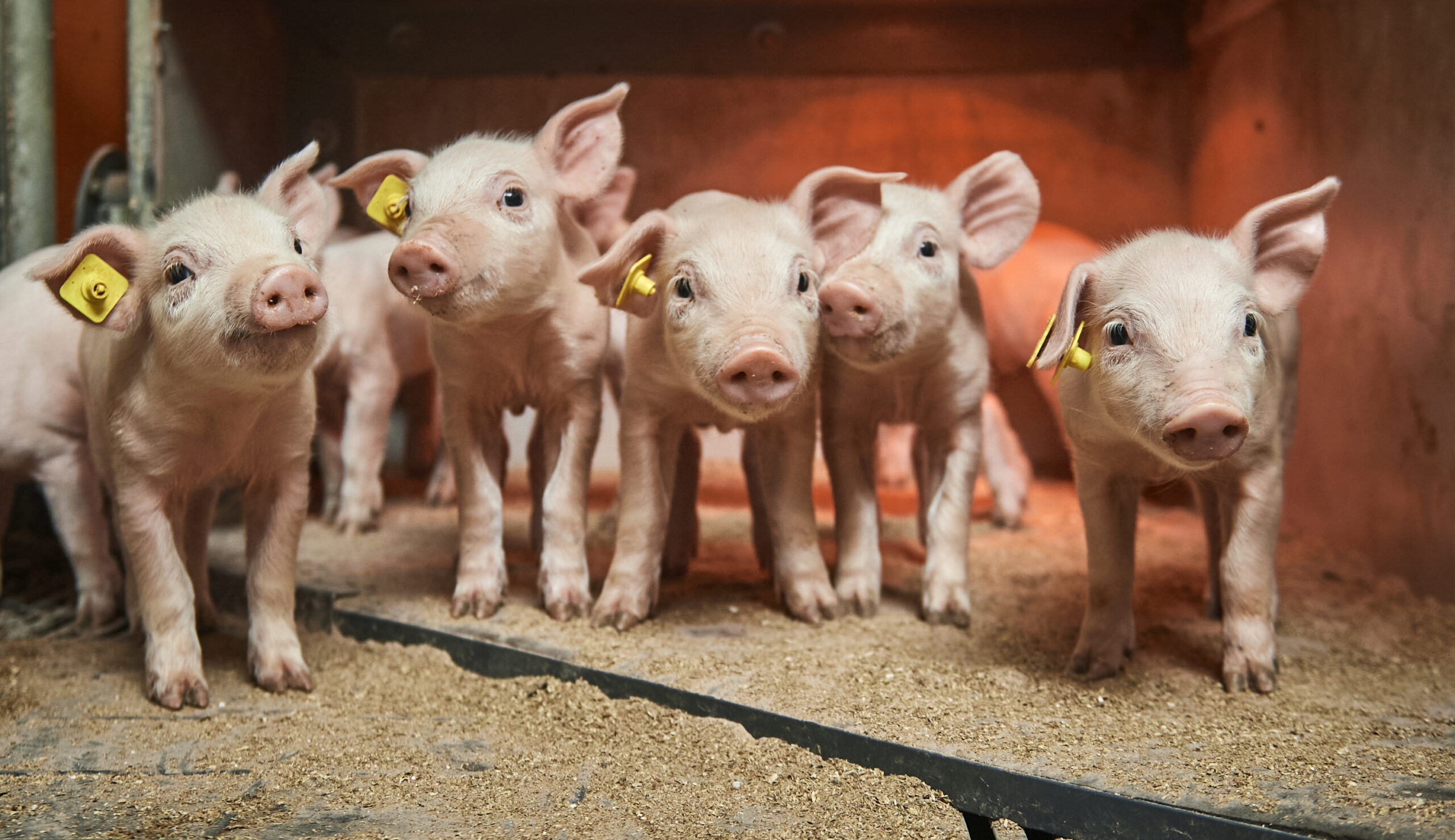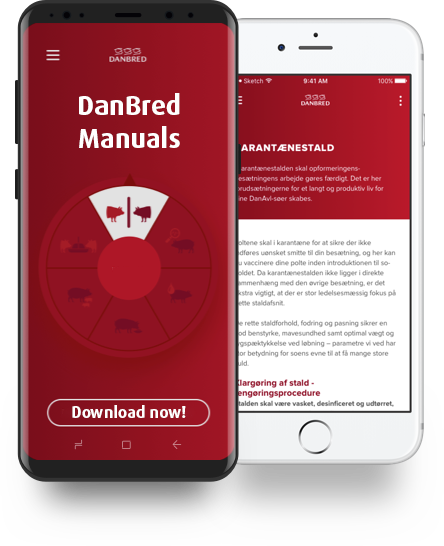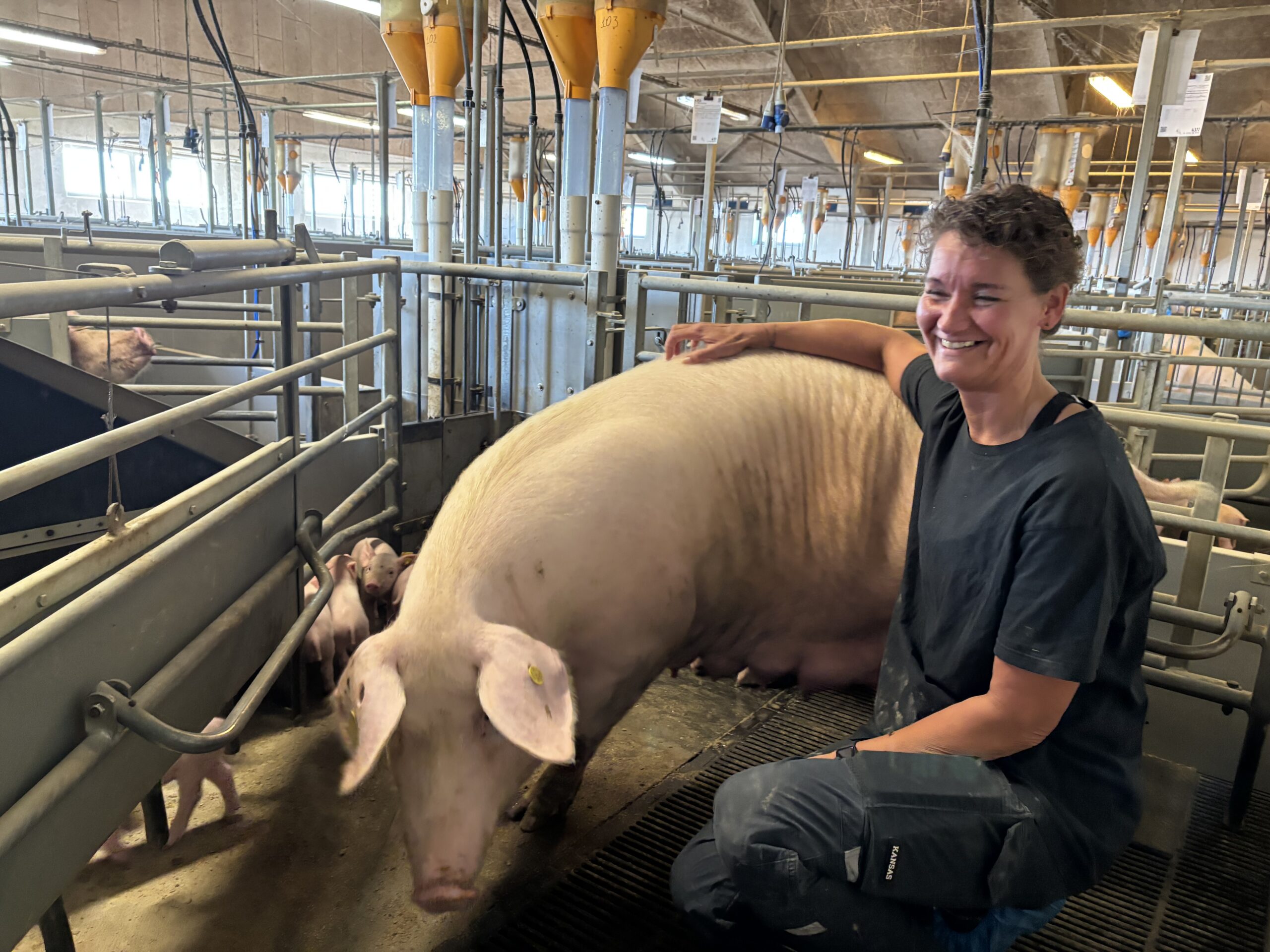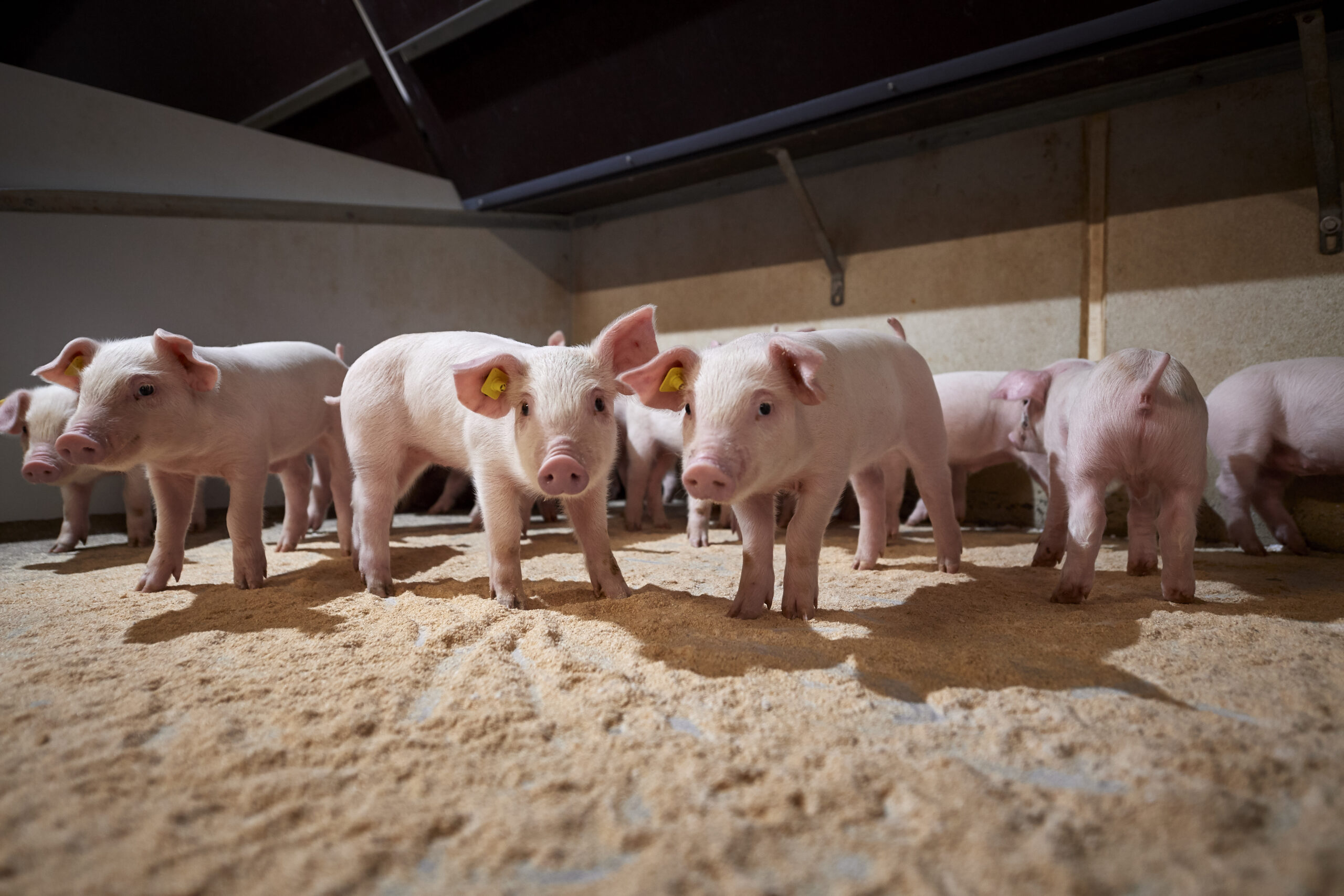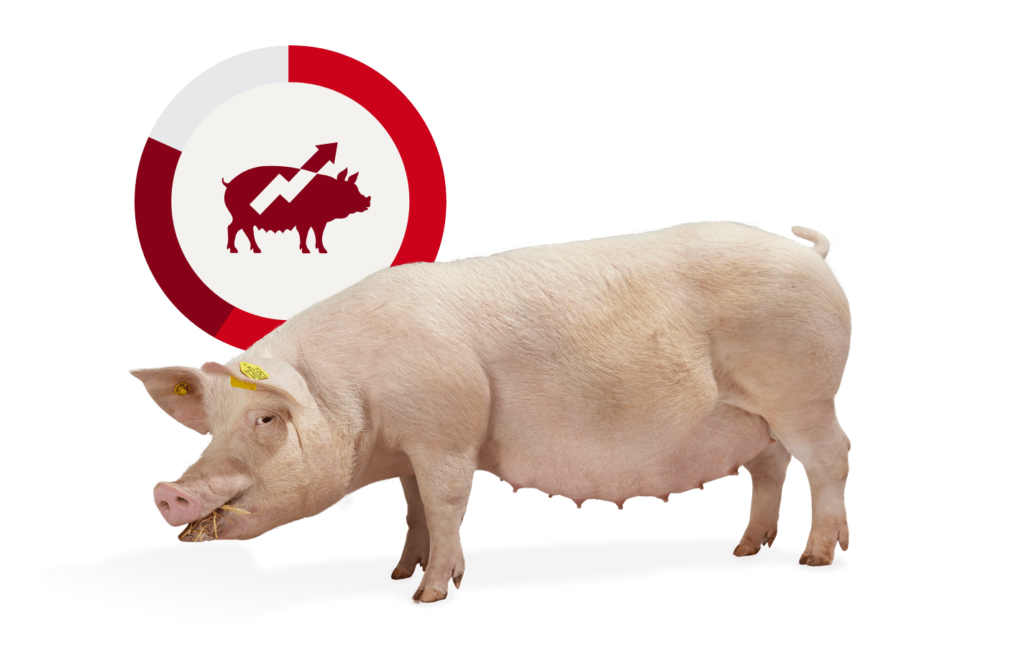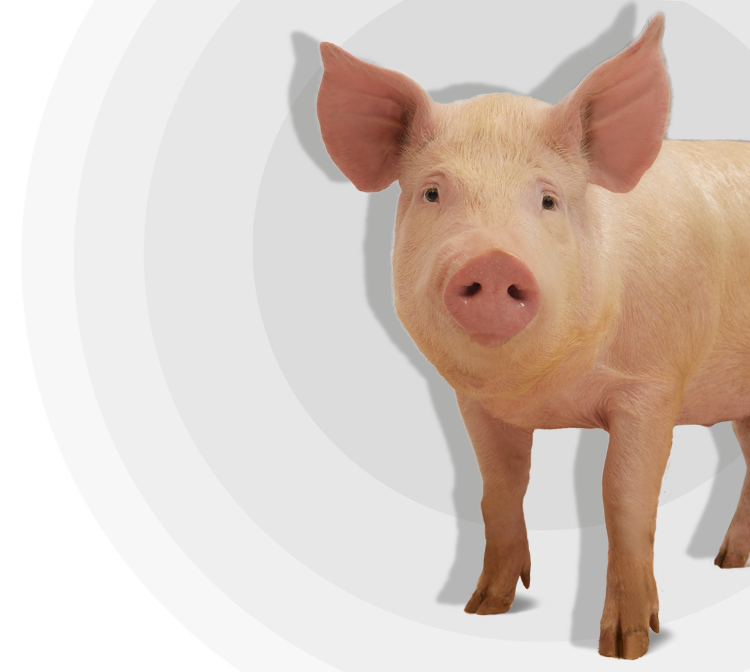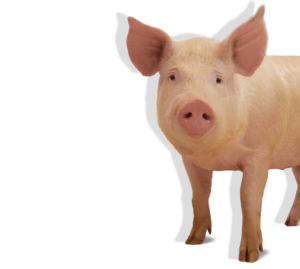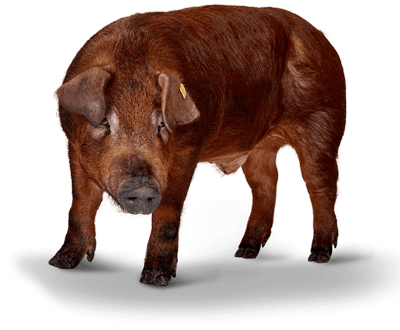Breeding must be part of the solution to the major challenges facing pig production: community concerns for the environment, climate, and animal welfare. Breeding can ease these concerns by providing pigs with genetics that are suited to the production systems of the future.
This was the message of Mark Henryon’s (Senior Scientist in DanBred’s R&D department) keynote presentation at last year’s conference of the Association for the Advancement of Animal Breeding and Genetics (AAABG). The conference was held in July 2023 at the University of Western Australia, Perth, Australia.
The future breeding programme
Mark’s message was a summary of opportunity and a call to action. There is little doubt that animal production has a future. Animals provide humans with high-quality protein, essential nutrients, and non-synthetic products; they convert biomass that is unsuitable for human consumption into food, manure, and ecosystem services; they utilise land that cannot be used to produce other types of food; and they are deeply embedded into the economies and cultures of societies around the world.
However, like most other industries and businesses, these benefits come at a cost. Therefore, animal production will increasingly be expected to use fewer resources, reduce its impact on the environment and climate, and improve animal welfare (assuming communities are well fed and have their basic needs met).
This is an important consideration as we continue to work on ensuring the right balance between traits in DanBred’s breeding goals.
Governments react to the public’s concerns
Governments, particularly in wealthy countries, react to these concerns. They are introducing change in the form of legislation, incentives, and penalties to balance the economic benefits of animal production with its impact on the environment, climate, and animal welfare. For example, New Zealand’s government will charge farmers for the greenhouse gases emitted by their livestock. The Dutch and Belgian governments will halve nitrogen emissions by reducing livestock numbers. The German government has already introduced strict requirements for animal welfare with a short phase-in period and did so without consulting any animal sectors. The European Commission will phase out cage production of farmed animals.
In response to these changes, pig production (and other animal sectors) must expand its definition of profit to include economic incentives and penalties associated with environment, climate, and animal welfare.
An expanded definition of profit will almost certainly lead to new production systems with revamped management strategies and husbandry practices as producers cope with the new legislation, pursue the incentives, and avoid the penalties. The impact of these changes could be substantial. For example, producers that use cattle feedlots will need to improve animal welfare and reduce their impact on the environment and climate. Intensive pig, chicken, and fish enterprises may have reduced their impacts on the environment and climate, but they still cause animal welfare concerns.
No matter what the production systems of the future, they all have one thing in common: they all require pigs with genetics that make these systems profitable. This is where breeding must play a key role.
Breeding must be part of the change
Breeders use selection to improve desirable traits in pig populations. The underlying principle is to rank the pigs for these traits and choose the best to be the parents of the next generation, while controlling rates of inbreeding at acceptable levels. This principle will not change in future. What is likely to change is the direction of selection as breeders address community concerns for the environment, climate change, and animal welfare, and maximise expanded profit in future pig production systems.
Breeders can only change the direction of selection by defining new breeding goals. It is the only tool they have. We define DanBred’s breeding goals by identifying the traits we want to improve and deriving economic values that allocate an appropriate amount of selection pressure to each of these traits.
New breeding goals will almost certainly reflect current breeding goals because they will include most, if not all, of the traits in current breeding goals: growth rate, feed efficiency, meat yield, litter size, conformation, and survival. Not only do these traits increase economic returns, they also benefit the environment, climate, and animal welfare by increasing production efficiency.
However, there are likely to be two striking differences:
- New breeding goals will also include new traits that directly benefit the environment, climate, or animal welfare. Possible examples include reduced emissions of nitrogen, phosphorus, and methane, lower production odours, and tail biting.
- The economic values allocated to each trait will change to shift more selection pressure towards traits associated with the environment, climate, and animal welfare.
Breeders need strong signals
Breeders who practice good-business management will need certainty before they embark on new breeding goals. They are unlikely to be the “first movers”.
Breeders make selection decisions based on the projected market conditions of the future, but there is a time lag before genetic progress from these decisions reaches the production herds. If these projected conditions are incorrect, breeders risk wasting selection pressure on improving traits that are not profitable.
Governments and the community can assist pig production by providing breeders with strong and early market signals. These signals are long-term legislation, incentives, and penalties directed at pig producers.
This will enable breeders to define breeding goals with confidence that provide a clear direction for selection, avoid selection for traits that can be improved by non-genetic methods, resist selection for traits that are merely indicators of profit, and reduce the time before animals with improved profit are available to producers.
Breeders can make changes, but they need to be made safely
Modern breeders are well-equipped to make gains in their new breeding goals because they are good at ranking animals. In DanBred’s breeding programme, we rank animals by fitting sophisticated genetic-statistical models to phenotypes, pedigrees, and genomic information. This ranking will only become more accurate in the future as we develop better genetic-statistical models, improve phenotyping strategies, and acquire new genetic technologies. This is good news for pig production because it implies faster genetic progress.
However, faster progress also calls for caution.
Breeders make genetic gains without understanding the full genetic and physiological consequences of selection in pig populations. Some of these consequences can be unintended behavioural, physiological, metabolic, reproductive, and immunological side effects. Faster genetic progress merely increases the risk of these side effects.
Therefore, we recommend three safeguards against unintended side effects that should be considered by breeders:
- Controlling inbreeding within populations at acceptable rates to maintain genetic variation, reduce inbreeding depression, decrease the spread of deleterious recessives, and reduce variability in the rate of genetic progress.
- Identifying selection criteria that enable breeders to allocate an appropriate amount of selection pressure to traits associated with the environment, climate, and animal welfare.
- Monitoring and surveillance of animals to uncover unintended side effects before they spread through breeding populations.
Pig production is certainly faced with challenges, but DanBred is tackling these challenges through balanced breeding for pigs that both suit the production systems of the future and ease community concerns for the environment, climate, and animal welfare.
Written by Mark Henryon, Senior Scientist, and Lizette Vestergaard Horndrup, Project Manager, Department of Breeding & Genetics, Danish Agriculture & Food Council. An amended version of this article was published on pigprogress.net on 2 February 2024. |

